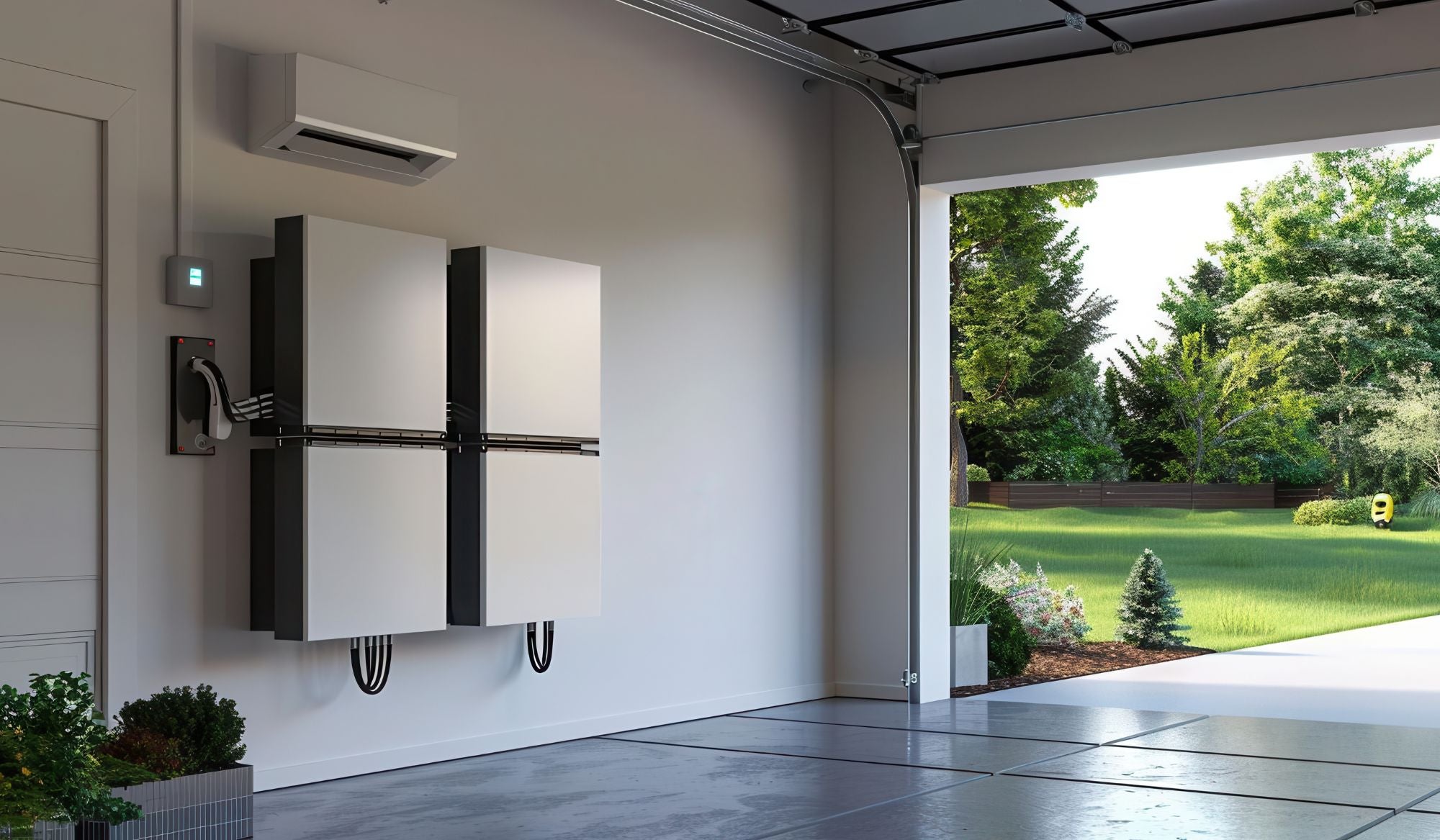Our Office: 4100 32nd Ave. S. Fargo, ND 58104
CCEC's battery storage pilot powers progress

Depending on your situation, battery storage systems may offer an effective way to manage energy use at home. These systems typically include three key components:
• Batteries that store energy as direct current (DC).
• An inverter to convert DC into alternating current (AC) for household use.
• A charge controller to regulate energy flow throughout the system.
Types of home batteries
The most common residential battery types are lithium-ion and lead-acid.
• Lithium-ion batteries are more expensive but require less maintenance and can operate with partial charges. Their sleek, wall-mounted designs also make them easy to install.
• Lead-acid batteries are more affordable upfront but require full charges regularly and need proper ventilation and upkeep for safety.
How battery systems operate
Battery systems typically run in one of three modes:
• Emergency backup: Keeps batteries charged in case of a power outage.
• Self-powered: Balances solar generation, battery use, and home energy consumption.
• Time-of-use (TOU) load shifting: Charges during off-peak hours when electricity is cheaper and discharges during peak pricing periods.
Benefits of battery storage
The future of battery storage may offer many advantages. It could boost energy reliability by enhancing grid flexibility and reduce the impact of outages. It could also improve energy security, giving homeowners short-term, temporary power when sections of the grid go down.
Planning for installation
Battery systems are growing in popularity, especially when paired with solar PV (photovoltaic) systems. They can help save money and offer peace of mind during outages.
Homeowners considering installation should call CCEC to discuss their goals before signing any contracts or making a purchase. A qualified and trusted contractor could also help with system sizing, safety, permitting, and identifying tax credits.
Regardless of the setup, careful planning ensures your system fits your home’s needs and layout.
CCEC's battery storage pilot
As your trusted energy advisor, CCEC is leading a battery storage pilot project to evaluate how residential systems perform in real-world settings. We’re installing a test battery programmed around our Time-of-day (TOD) rate, off-peak use, emergency backup, and outage scenarios.
The goal is to gather valuable performance and financial data to better understand how battery systems can benefit our members. We will be monitoring energy use, standby losses, and inverter performance to evaluate long-term value.
By learning from this project, CCEC aims to offer future programs that empower members to take control of their energy use, increase savings, and support a more sustainable future. Stay tuned for updates in Highline Notes later in 2025.
